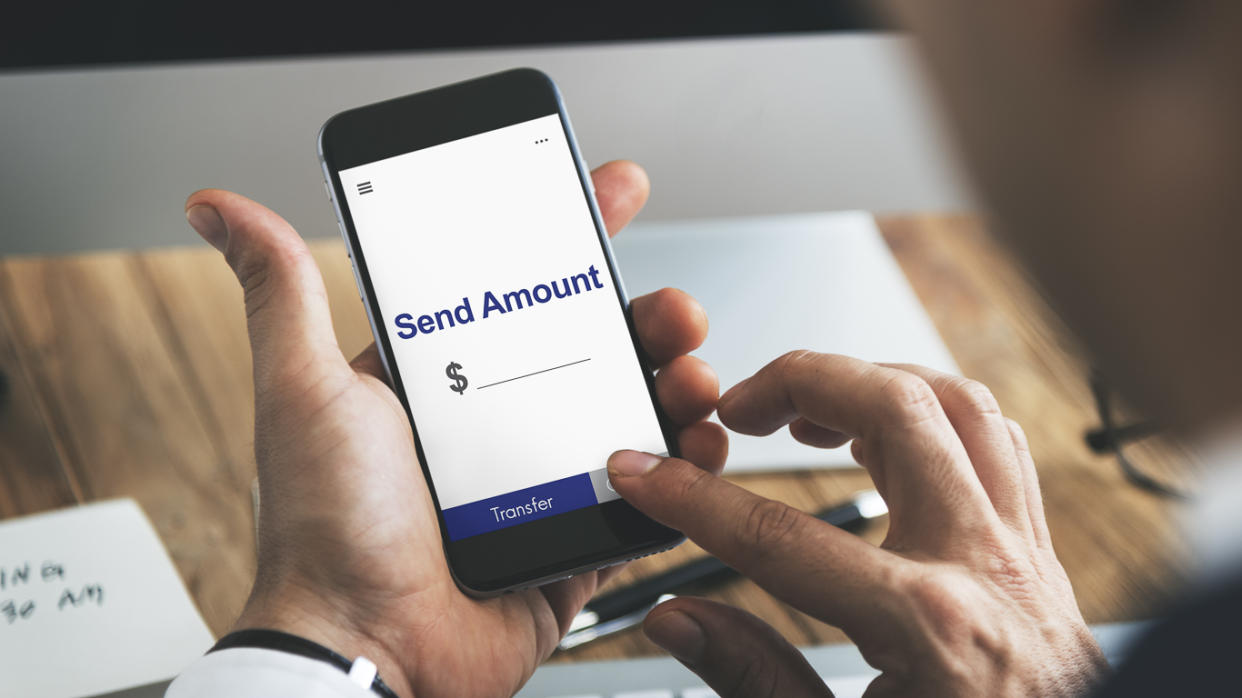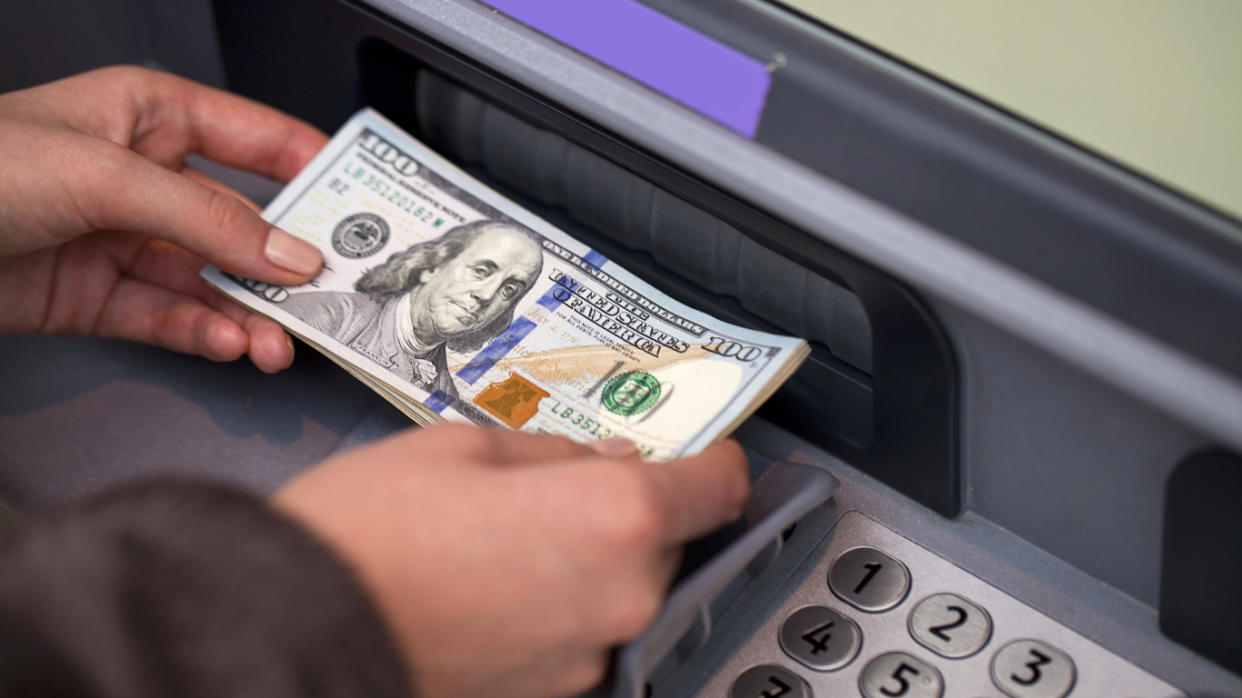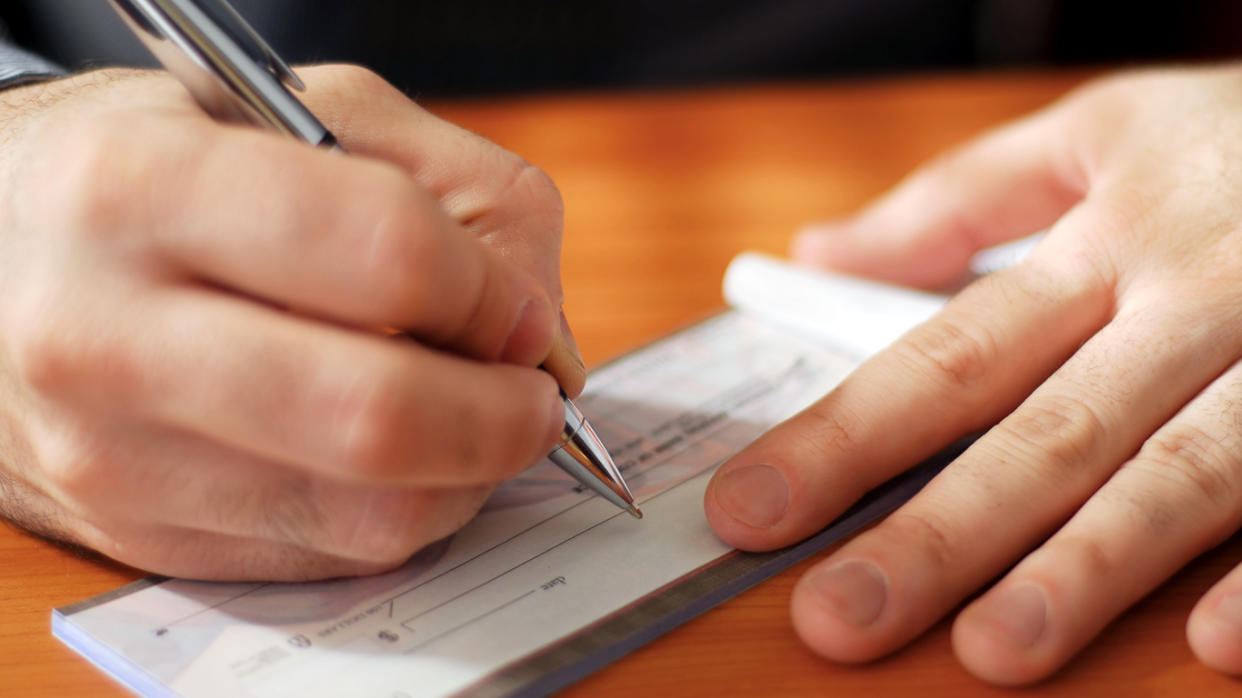Put Your Tax Refund To Work With These 15 Tips

While it’s tempting to view tax refunds as mad money to spend on summer vacations and shopping sprees, financial planners are quick to point out the funds represent a multibillion dollar loan that workers had withheld from their 2020 paychecks a little — or a lot — at a time.
See: Most Popular Things To Do With Your Tax Refund — and How To Do It Smarter
“Many times, when people receive a tax refund, they tend to think of it as ‘free money’ to be able to spend and do whatever they want with,” said Jason Silverberg, a certified financial planner and author of “The Financial Planning Puzzle.” However, he and other experts offer these ideas to make the most of your tax refund.
Last updated: Jan. 25, 2021

1. Start an Emergency Fund With a Promo
“Taking your tax refund and placing it in a savings account, money market account or even a short-term CD could help you cover any unforeseen expenses,” said Silverberg.
What’s more, any banks offer promotional deals to help boost your bottom line.
Related: Here’s How Much Cash You Need Stashed If an Emergency Happens

2. Pay Off High-Interest Debt and Invest Extra Cash
The benefits of paying off debt can add up quickly, said Wan McCormick, a certified financial planner with Reliable Alliance Financial in Fairfax, Virginia.
“The newly released survey from the National Foundation of Credit Counseling revealed more adults carry credit card debt now than before, and these debts often carry a high-interest rate,” McCormick said. “A $1,000 refund applied to a credit card debt with 15% (interest) can potentially save the consumer almost $250 in three years and free up about $30 in their monthly cash flow.”
Savvy savers might consider investing that $30 in a dividend reinvestment plan, or DRIP. Thousands of publicly traded companies offer these plans, which allow participants to buy shares, or fractions of shares, each time they contribute without paying brokerage fees. And DRIPs automatically reinvest dividends paid out by the company, so making regular contributions, even small ones, can be an excellent way to expand your portfolio.
Read: 26 Smartest Ways To Invest Your Money Right Now

3. Increase Retirement Contributions
Many financial planners advocate a two-step process regarding tax refunds: First, make the refund as small as possible. Second, take that extra money and grow it instead of loan it. Certified financial planner Doug Bellfy favors minimizing your tax refund if possible.
“If you do get a refund, you loaned the government money interest-free,” said Bellfy, who operates Synergy Financial Planning in South Glastonbury, Connecticut. “Instead, adjust your withholdings and, with that extra money, increase your contributions to your 401(k), 403(b) or IRA or pay off more of that high-interest debt.”
Check Out: Take Advantage of These 15 Commonly Missed Tax Deductions

4. Start a Roth IRA
If you don’t have an IRA, consider using your refund as seed money to start one — even if you have a workplace retirement account. If your employer offers a matching contribution to your company 401k, contribute enough there to maximize the match.
Beyond that, many financial experts favor Roth IRAs, especially for younger workers. They offer more flexibility than many workplace retirement accounts because you can invest in almost anything — including stocks, mutual funds, bonds and real estate. Earnings from those investments then grow tax-free as long as you wait until you’re at least 59 ½ to tap the account.
Roths have some other rules, and even some exceptions that allow you to avoid certain penalties for early withdrawals, but they are generally an easy-to-open, easy-to-understand investment tool.

5. Save With CDs
Certificates of deposit allow you to earn interest on deposits at financial institutions. Unlike savings accounts, CDs require you to lock in your deposit for a set period of time. If you withdraw money before the certificate’s term ends, you can incur early withdrawal penalties. Otherwise, CDs offer a guaranteed rate of return.
Financial institutions typically offer more attractive interest rates for CDs than for traditional savings accounts. It also pays to shop around when it comes to CD rates and rules.

6. Invest In Index Funds
A tax refund can be an excellent accidental savings tool for those who might otherwise have trouble putting money aside for long-term goals, said Michael Schupak, of Schupak Financial Advisors in West New York, New Jersey.
For example, anyone who consistently invests a $1,000 tax refund every year in the same high-performing mutual fund account is actually using an investment strategy known as dollar-cost averaging, which reduces risk since investing at regular intervals evens out the inevitable ups and downs of the stock market.
“A great strategy is to forget about spending your tax refund every year and invest it,” Schupak said.

7. Start a Business
A $2,764 tax refund won’t come close to covering the cost of opening a new McDonald’s or other big-brand franchise, but it can provide the financial fertilizer to get a small business sprouted.
“You might have been contemplating starting a small business for quite some time and just needed a little bit of seed money to get started,” said Silverberg, who also serves as vice president of financial planning for Financial Advantage Associates in Rockville, Maryland. “You can use your tax refund to ‘invest’ in your new business venture to help defray some of the startup costs.”
Startup expenses can vary widely, but even a modest refund can cover initial costs associated with marketing yourself as a consultant or tutor, for instance.
Read More: 10 Best Lucrative Side Hustles

8. Launch a Website
If you already own a business, consider using your tax refund to launch a business-specific website and reach more potential customers.
Today, launching a business website is easier than ever with the help of companies like Squarespace, which offers do-it-yourself website building tools. The benefits from having a web presence are extensive, including the opportunity to have customers anywhere in the world.

9. Go Back to School
A wise — and cost-effective — way to invest your tax refund is to invest it in yourself.
“Taking courses to learn a new software program, learn a new skill — like public speaking, or even learning how to sell, if you’re in a sales profession — could make you more attractive for your next job opportunity or help you compete in the one you currently have,” Silverberg said.
Those without a bachelor’s degree could also use the cash to earn one. Statistics show college grads reap rewards in terms of higher rates of employment and bigger paychecks.
Take a Look: 10 Job Skills Worth Six-Figure Salaries

10. Start a 529 Plan
If you have kids, it’s never too early to start saving for their college costs. Consider using your refund to open a 529 plan which, like an IRA, allows your investment earnings to grow tax free until you tap the account to pay for the kids’ approved higher education expenses. Keep in mind that some investments are better than others for each stage of life. Though you won’t be able to deduct contributions on your federal tax forms, some states do allow savvy savers to deduct contributions on their state taxes.
Some states, including Arkansas, Colorado and Kansas, even offer matching funds for parents who meet certain income benchmarks. For instance, Arkansas’s Aspiring Scholars Matching Grant Program offers matching grants of up to $500 per year for five years for eligible students with 529 plans whose parents’ or guardians’ household adjusted gross income was $60,000 or less the previous year.

11. Make Home Improvements
For homeowners, certain upgrades pay for themselves and then some. For example, adding insulation and sealing air leaks can cut heating and cooling costs by an average of 15%, according to estimates from the Environmental Protection Agency. That equates to an overall savings of 11% for the typical four-bedroom, 1,700-square foot home.
Some improvements can also make homeowners money on the market. According to Remodeling Magazine, the average national cost for adding fiberglass insulation in an attic is $1,343, but the project adds $1,446 to a home’s resale value.

12. Pay For Upgraded Insurance in Full
An umbrella liability policy can provide $1 million to $2 million in extra coverage over a typical home or auto policy for an average cost of $380 a year. Many insurers offer discounts to customers who pay premiums in advance. For example, Travelers offers a discount of up to 7.5% for paid-in full plans.

13. Sign Up For Side Gigs
The great thing about today’s gig economy is you have many more ways to earn a little extra money — on your terms. Use your tax refund to pay for those start-up costs.
TaskRabbit is a same-day online service platform that connects “Taskers” with people looking for someone to run errands, make deliveries, help pack for moves and more. If you’re more interested in babysitting or petsitting, pay for a premium listing on a site like Care.com. Spring for a complete car detailing if you drive for Uber or Lyft, or take a last-minute weekend trip when your Airbnb rental will be in high demand.

14. Try Peer-to-Peer Lending
Peer-to-peer lending companies like Lending Club and Prosper can provide cash to consumers looking for alternatives to personal loans offered by traditional financial institutions or lower interest rates than those provided by many credit cards. And, as their description indicates, these loans are financed by individual investors who bank on borrowers’ promise to repay those loans.
For investors, such lending platforms offer an opportunity to diversify their portfolios while reaping higher rewards than those offered by low-risk, and lower-reward, investments such as CDs.

15. Invest In Hunting Gear
Job hunting, that is. If you’re looking to make more money, switching jobs could be a smart strategy. Use your refund to revamp your resume with the help of a professional resume writing service, or pay for upgraded subscriptions such as a LinkedIn Premium Career account.
You can also work with a career coach to hone your job search strategy so you can and a new gig sooner rather than later. For instance, LinkedIn’s Job Seeker Premium users who pay $30 a month to subscribe get hired twice as fast as job seekers without premium profiles, according to the company.
More From GOBankingRates
This article originally appeared on GOBankingRates.com: Put Your Tax Refund To Work With These 15 Tips
